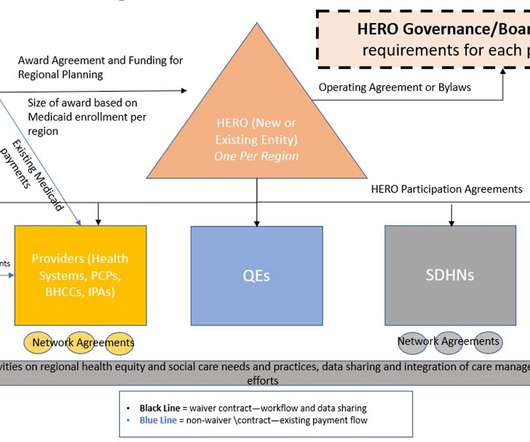Rwanda : The Digital Health Pioneer
Lloyd Price
JUNE 27, 2018
. "Rwanda’s eHealth Strategic Plan for 2016–2020 is the key driver to economic growth and to improving the lives of people. Digital health improves service delivery and clinical outcomes, and we know that cannot happen if we don’t look at the data." The Future - What's Next?













Let's personalize your content